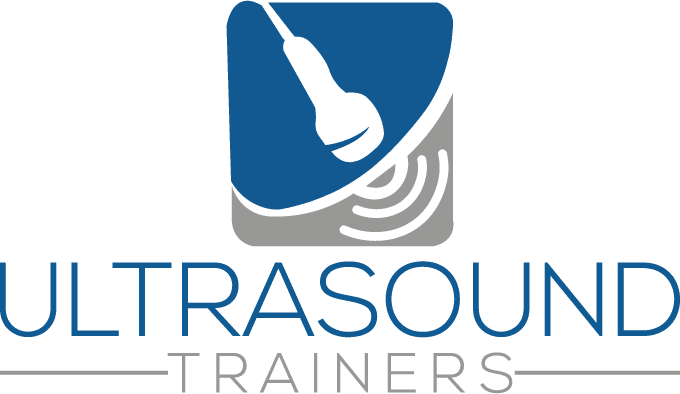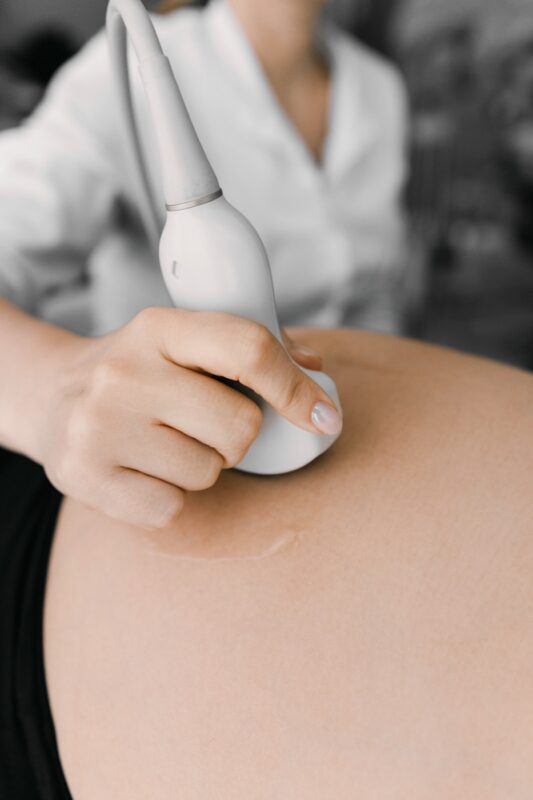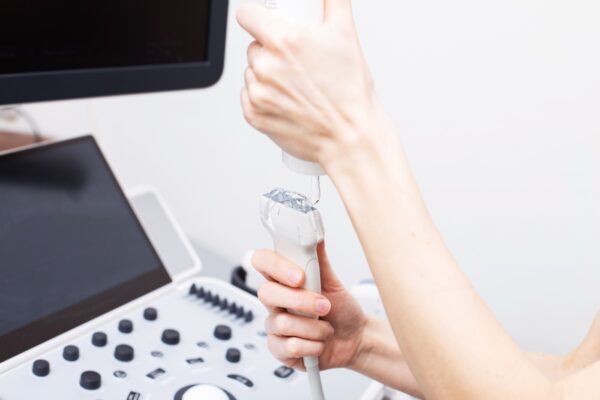The Complete Elective Ultrasound Training Curriculum: Learn 3D/4D the Right Way
Whether you’re a sonographer switching lanes or a first-time entrepreneur, a strong elective ultrasound training curriculum compresses your learning curve. This roadmap breaks training into modules with outcomes you can test, so learning elective 4D ultrasound becomes a series of wins—not wishful thinking.
Curriculum Overview & Learning Outcomes
This competency-based plan includes foundations, live scanning, rendering, client experience, and business readiness. Each module uses drills, checklists, and reflection to lock in skills.
Module 1: Foundations & Safety
Objective: Demonstrate ALARA-minded scanning and console literacy. Know your scope and communicate it. Build the base presets that will follow you into every session.
- Safety: MI/TI awareness, prudent scanning, limited Doppler in non-medical sessions.
- Scope: Elective keepsake only; no diagnosis. Scripts for redirecting medical questions.
- Baseline preset journal: capture screenshots and settings.
Module 2: 2D Proficiency for 3D Success
Strong 2D fundamentals make 3D/4D effortless. Practice smooth probe sweeps, depth control, and focus placement. Use a “3-plane mindset” (sagittal, coronal, transverse) to orient quickly.
- Warm-up survey: position, placenta, fluid windows, cord location.
- Hands-on drill: 10 clean 2D profiles in 10 minutes.
Module 3: 3D Volume Acquisition
Goal: consistent face volumes with minimal artifact. Tighten ROI; stabilize probe; time acquisition during still moments.
- Angles: 35–60° typical; reduce if baby is close to probe.
- Quality vs. time: aim for two excellent volumes over five mediocre ones.
Module 4: 4D Live & Rendering
Rendering turns data into delight. Understand surface thresholds, smoothing, lighting direction, and opacity. Build two render profiles: “soft” for close skin detail; “pop” for higher contrast.
Module 5: Studio SOPs & Client Experience
Codify your steps: greet → brief → scan → show → save → deliver → upsell. Write SOPs for rescan policies, twins, anterior placenta, low fluid days, and shy babies. Train your team to narrate calmly and celebrate wins without overselling.
Skill Drills (With Time Targets)
- Face Hunt: Find and lock a face within 2 minutes of probe down.
- Double Take: Acquire two volumes from different angles in 4 minutes.
- Render Flip: Switch between “soft” and “pop” renders in 30 seconds and export both.
- Cord Dodge: Reframe to exclude cord overlay in under 60 seconds.
Equipment Selection & Preset Building
Your 4D ultrasound machine should support fast, stable live rendering and easy export. Before you buy an elective ultrasound machine, bring a volunteer to the demo and test the drills above. Save presets to USB and duplicate to backups. If you’re rolling out an ultrasound franchise, standardize naming and backup schedules to keep settings consistent across sites.
Apprenticeship: Turning Theory into Revenue
Nothing replaces supervised scans. Seek programs that guarantee a minimum live case count, provide post-grad feedback, and include shadow days in a high-volume studio. Many lean on Ultrasound Trainers for structured hands-on mentorship and ultrasound business training programs that cover setup, staffing, and marketing.
Business Readiness: From Training to Bookings
Packages & Pricing
- Starter (15–20 min): 2–3 images + 1 clip.
- Classic (25–30 min): 6–10 images + 2–3 clips.
- Signature (35–40 min): 12+ images + 4–6 clips + heartbeat animal add-on.
Set a clear rescan policy: criteria, time window, and booking rules. Keep revenue predictable.
Marketing Flywheel
- SEO: Build pages for “learning elective 4D ultrasound,” “keepsake baby ultrasound,” and “How to open a 3D ultrasound studio.”
- Content: Post short reels explaining positional tricks and before/after renders.
- Partnerships: Connect with doulas, childbirth educators, and boutique maternity shops.
Quality Assurance & Continuous Improvement
Run weekly peer reviews. Score sessions against a rubric: face clarity, variety of angles, lighting quality, client enjoyment, session time ceiling. Track repeat clients and package upgrades—both reflect your image quality and experience.
FAQ: Building Your Training Plan
How many scans to competence? Typically 40–60 mixed-scenario scans under guidance.
Can I train on evenings/weekends? Yes—structure practice with time-boxed drills so progress compounds.
What’s the most common mistake? Oversized ROI and over-smoothing, which erase facial detail.
What if I plan multiple locations? Create a master preset + SOP library and retrain quarterly.
Are you planning to start your own 3D ultrasound business? Share your thoughts and challenges in the comments below! If you found this guide useful, help others by sharing it on social media.













